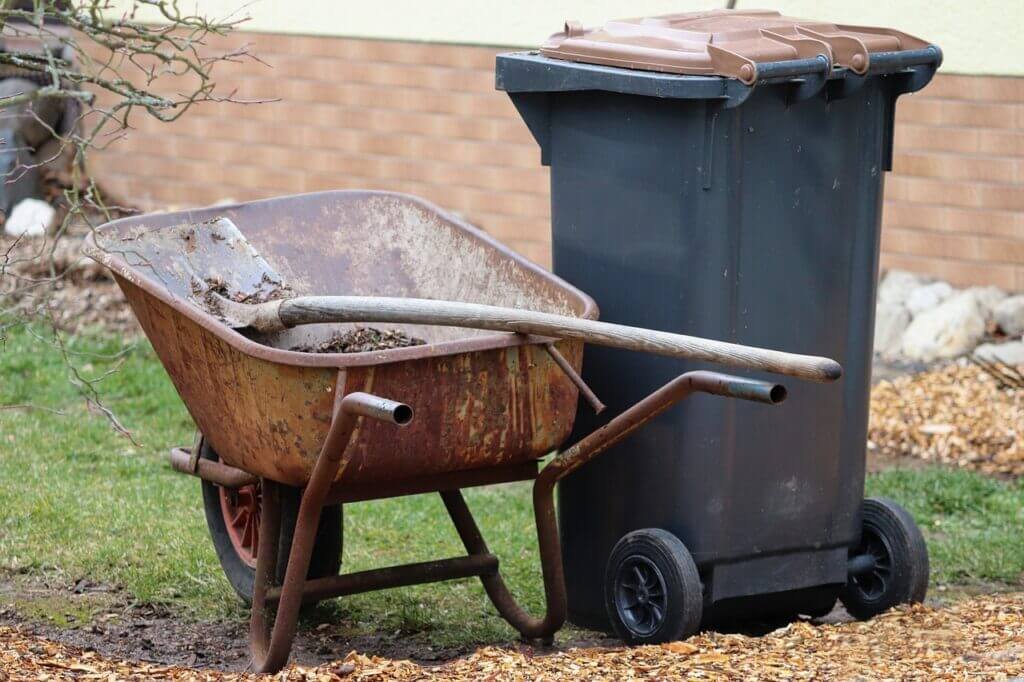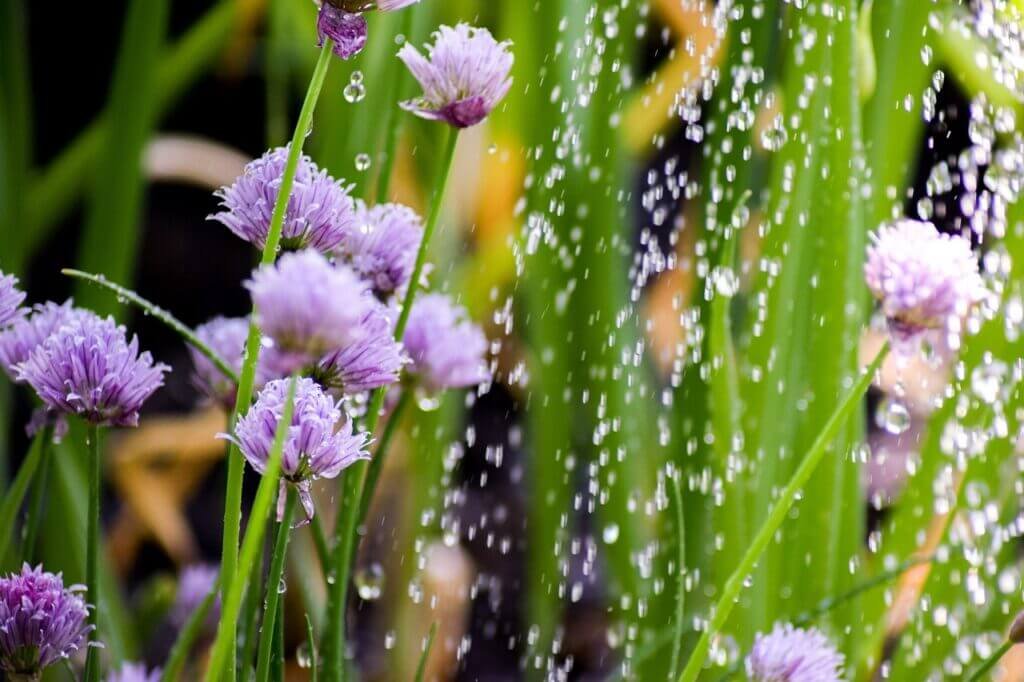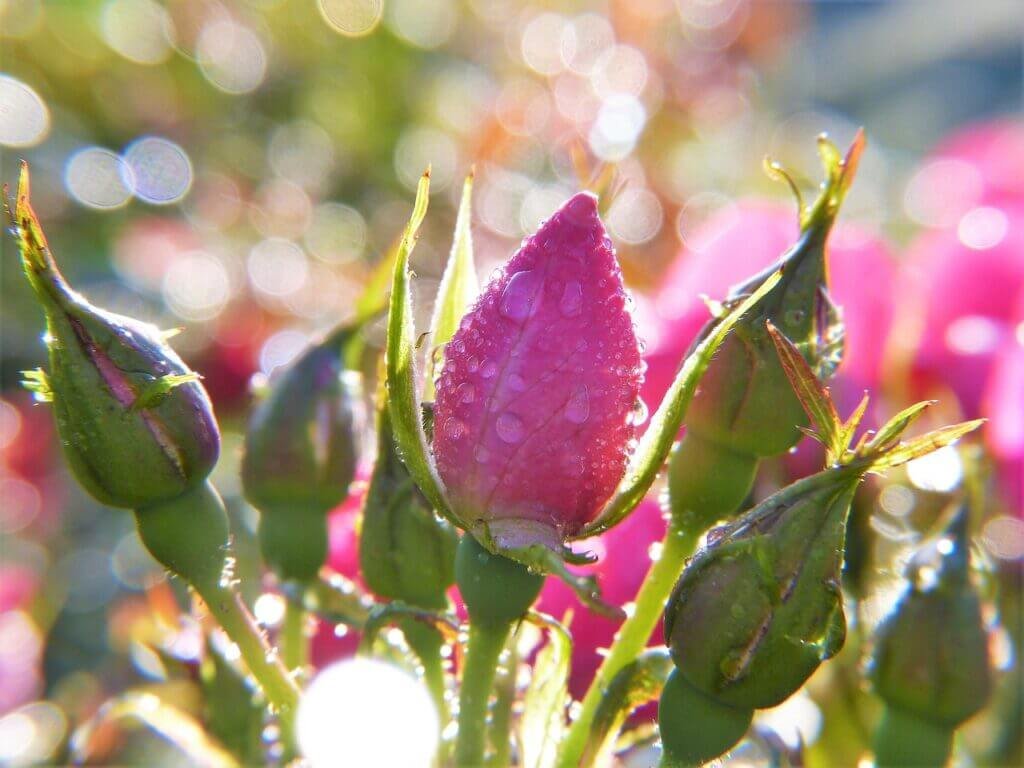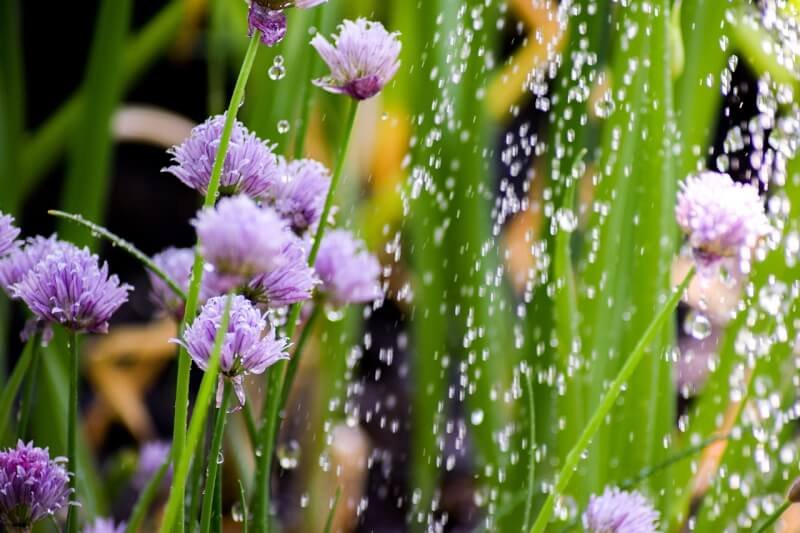Maintaining a city garden throughout the changing seasons can seem like a daunting task, but fear not! In this article, you’ll discover some helpful tips and tricks to keep your urban oasis thriving all year round. From selecting the right plants for each season to implementing proper watering and fertilizing techniques, you’ll learn how to create a vibrant and beautiful garden that will make your neighbors green with envy. So grab your gardening gloves and get ready to unleash your inner urban gardener!

Spring
Preparing the soil
As the winter frost recedes and the days grow longer, it’s time to prepare your city garden for the upcoming spring season. Start by assessing the condition of your soil. Remove any debris, such as fallen leaves or branches, and gently loosen the top layer of soil using a garden fork or a tiller. This will help improve aeration and drainage, ensuring optimal conditions for your plants to thrive.
Consider adding organic matter, such as compost or well-rotted manure, to enrich the soil. This will provide essential nutrients and improve the overall fertility of your garden. Spread a layer of organic matter over the soil and gently mix it in using a garden rake or a shovel. This step is particularly important if you have heavy clay soil or sandy soil, as it will help improve its structure and moisture-holding capacity.
Planning and planting
With the soil prepared, it’s time to plan your garden layout and select the plants you’d like to grow. Consider factors such as sunlight exposure, available space, and the specific needs of different plant species. Sketch out a garden plan, taking into account the mature size of each plant and their compatibility with neighboring plants.
When it comes to planting, choose healthy seedlings or young plants from a reputable nursery. Follow the instructions on the plant tags or seed packets for proper spacing and planting depth. Gently dig a hole for each plant, ensuring it is big enough to accommodate the roots. Place the plant in the hole, backfill with soil, and gently firm it down. Water thoroughly after planting to help the roots establish.
Irrigation and watering
Proper irrigation is crucial during the spring season, as plants require consistent moisture to grow and flourish. Consider installing a drip irrigation system or watering by hand using a hose or watering can. This will help ensure that water reaches the plant roots directly without wasting it through evaporation or runoff.
Monitor the moisture level of your soil regularly and adjust your watering schedule accordingly. Aim to keep the soil evenly moist, but not waterlogged. Consider using a moisture meter to accurately assess the moisture content of your soil. Water early in the morning or late in the evening to minimize water loss due to evaporation.
Weeding and pest control
As your garden starts to burst with new growth, it’s important to stay on top of weeds and pests. Weeds can compete with your plants for nutrients and sunlight, stifling their growth. Regularly inspect your garden beds and remove any weeds as soon as you spot them. Use a hoe or a hand trowel to uproot weeds, ensuring you remove the entire root system to prevent regrowth.
Pest control is also essential in maintaining a healthy garden. Monitor your plants for any signs of pests, such as chewed leaves or holes in foliage. Identify the culprit and choose the appropriate pest control method. This can range from manually picking off pests, introducing beneficial insects, or using organic insecticides. Always follow the instructions on the product label and avoid using chemical pesticides that may harm beneficial organisms and the environment.
Summer
Watering and mulching
Summer brings warmer temperatures and increased evaporation, making it crucial to provide adequate water to your plants. Deep watering is key during this season, as it encourages plants to develop deep root systems, making them more resilient to drought conditions.
Monitor the moisture level of your soil regularly, and water deeply when the top few inches of soil feel dry. Apply water slowly and deeply, allowing it to penetrate the soil and reach the plant’s roots. Consider using a soaker hose or drip irrigation system to ensure efficient water distribution.
To conserve moisture and suppress weeds, apply a layer of organic mulch around your plants. This can be shredded bark, wood chips, straw, or compost. Mulch acts as a barrier, reducing evaporation and preventing weed growth. Spread a layer of mulch around the base of your plants, leaving a small gap around the stem to prevent rot.
Pruning and deadheading
Summer is the perfect time to give your plants a little TLC by engaging in regular pruning and deadheading. Pruning involves removing dead or damaged branches, promoting air circulation, and shaping your plants. Using sharp, clean pruning shears, selectively remove any dead or diseased branches, making clean cuts just above a healthy bud or lateral branch.
Additionally, deadheading refers to the removal of spent flowers. This not only keeps your garden looking tidy but also encourages plants to produce more blooms. Snip off the faded flowers just above a healthy leaf node or lateral branch. Be sure to remove any dropped petals or debris from the garden bed to prevent pest or disease issues.
Fertilizing
To keep your plants healthy and vibrant throughout the summer months, consider incorporating regular fertilization into your garden maintenance routine. Choose a balanced, organic fertilizer or a slow-release granular fertilizer that matches the specific needs of your plants.
Apply the fertilizer according to the instructions on the product packaging, taking care not to overapply. Avoid fertilizing during hot, dry periods, as this can harm plants. Water thoroughly after applying fertilizer to ensure it reaches the root zone.
Managing pests and diseases
The warm and humid conditions of summer can create favorable conditions for pests and diseases to thrive in your garden. Monitor your plants regularly and be on the lookout for any signs of trouble, such as discolored leaves, holes, or sticky residue.
Identify the pest or disease and choose an appropriate control method. This may involve using organic insecticides, introducing beneficial insects, or practicing cultural controls, such as removing affected leaves or improving air circulation. Regularly inspect your plants and take prompt action to prevent the spread of pests or diseases.

Autumn
Harvesting and preserving
Autumn is a rewarding season in the garden, as many fruits and vegetables reach their peak ripeness. Harvest your crops at their prime, following the specific harvesting instructions for each plant variety. This may involve gently pulling roots from the ground, cutting fruits from the stem, or picking vegetables when they reach their desired size.
Preserving your harvest is a great way to enjoy homegrown produce throughout the year. Consider canning, freezing, or dehydrating fruits and vegetables to extend their shelf life. Research the best preservation methods for each specific crop to maintain their flavor and nutritional value.
Cleaning and tidying
As the leaves start to fall and the growing season comes to a close, it’s time to clean and tidy your garden. Remove any fallen leaves, spent plants, and debris from your garden beds. This will help reduce the risk of pest and disease issues and promote a clean and aesthetically pleasing space.
Consider composting organic material, such as leaves and plant trimmings, to create nutrient-rich compost for next season. Alternatively, bag the debris for municipal compost collection or dispose of it in an environmentally friendly manner.
Preparing for winter
Preparing your garden for winter is essential to protect your plants and set the stage for a successful spring season. Inspect any structures, such as trellises or supports, and make any necessary repairs. Clean and store garden tools and equipment in a dry location to prevent rust and deterioration.
Consider applying a layer of organic mulch around your perennial plants to insulate their roots and protect them from frost. This can be straw, shredded leaves, or compost. Remove any weeds or invasive plants that may compete with your desired plants during the dormant season.
Planting for spring
Autumn is also an opportune time to plant bulbs, shrubs, and perennials that will add beauty to your garden come spring. Research and select suitable plant varieties that thrive in your climate and soil conditions. Follow the planting instructions for each particular plant and ensure they have enough time to establish their roots before the ground freezes.
Plant bulbs at the appropriate depth and spacing, covering them with soil and watering well. Consider incorporating organic matter and slow-release fertilizer into the planting hole to provide a nutrient boost. Water newly planted bulbs regularly until the ground freezes to promote root establishment.
Winter
Protecting plants from frost
Winter brings freezing temperatures, which can harm and even kill delicate plants. Take steps to protect your garden from frost damage by covering vulnerable plants with frost blankets or burlap. This acts as a barrier, trapping heat and preventing cold air from reaching the foliage.
For potted plants, consider moving them to a sheltered area, such as a garage or basement, during extreme cold spells. Alternatively, group potted plants together and wrap them with insulating materials, such as bubble wrap or straw.
Pruning and reshaping
Winter is an ideal time for pruning and reshaping deciduous trees and shrubs. With the leaves gone, it is easier to see the framework of the plant and make strategic cuts. Remove any dead or diseased branches, as well as any crossing or rubbing branches.
Take care not to prune spring-flowering shrubs or trees that bloom on old wood, as this can potentially remove the flower buds. Instead, wait until after they have bloomed and then perform any necessary pruning.
Adding organic matter
Winter is a great time to enrich your garden soil with organic matter. Spread a layer of compost, well-rotted manure, or leaf mulch over your garden beds. This will gradually break down over the winter months, improving soil structure, moisture retention, and nutrient availability for spring planting.
Consider adding a layer of organic matter around the base of your plants as well. This acts as a protective layer, insulating the roots and providing nutrients as it decomposes. Ensure you keep the organic matter a few inches away from the stems to prevent rot.
Planning for the next season
While the garden may appear to be dormant during winter, it’s an ideal time to reflect on the previous season and plan for the next. Assess what worked well and what could be improved. Consider experimenting with new plant varieties, garden layouts, or gardening techniques.
Use this time to research and order seeds or plants for the upcoming season. Create a planting schedule, taking into account the specific requirements of each crop and the average last frost date in your area. This will help ensure a smooth and organized start to the next gardening season.
By following these guidelines for each season, you’ll be well-equipped to maintain your city garden throughout the year. Remember, gardening is a continuous learning process, so don’t be afraid to experiment and adapt your approach based on the unique conditions of your garden. Happy gardening!



